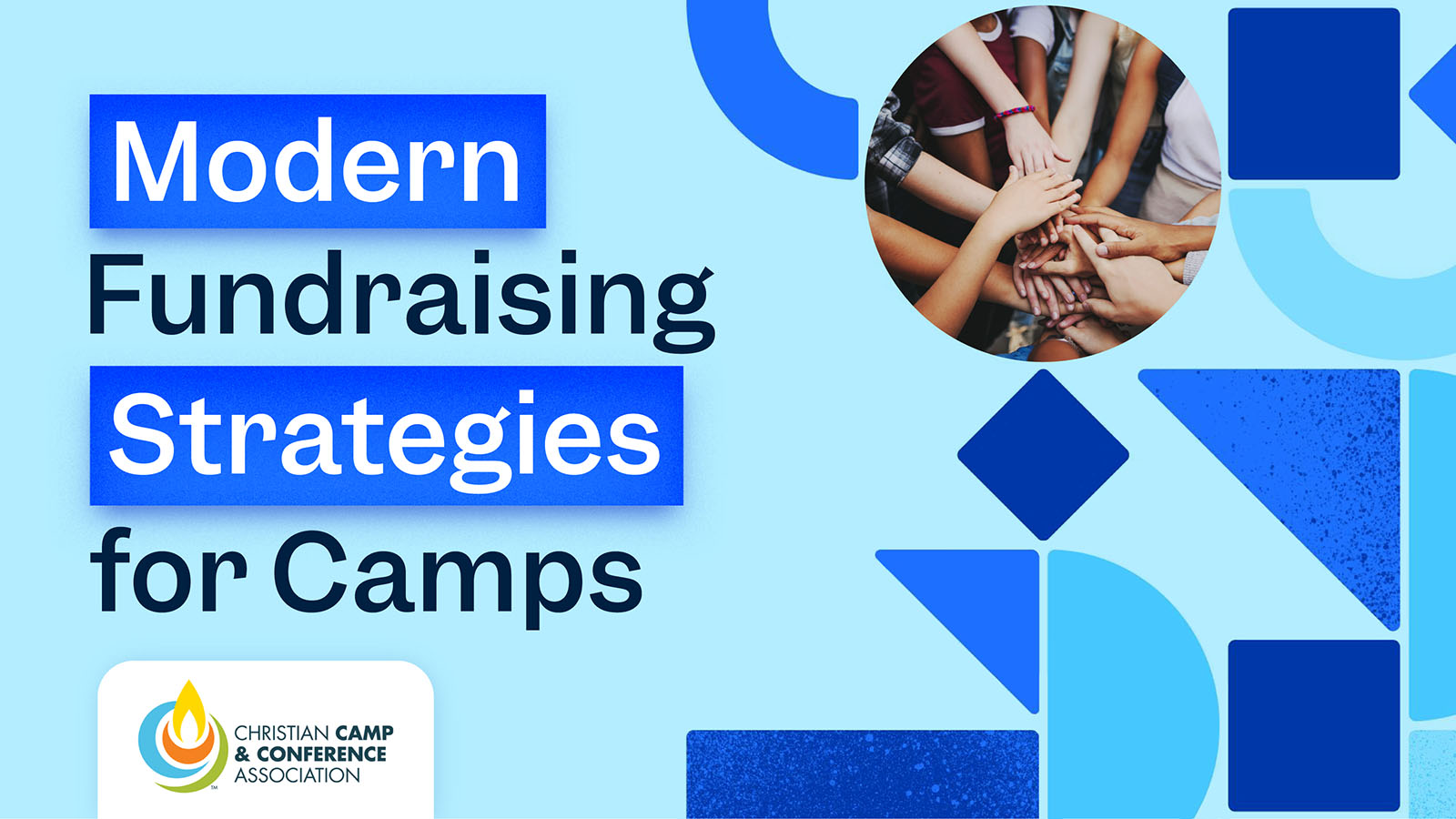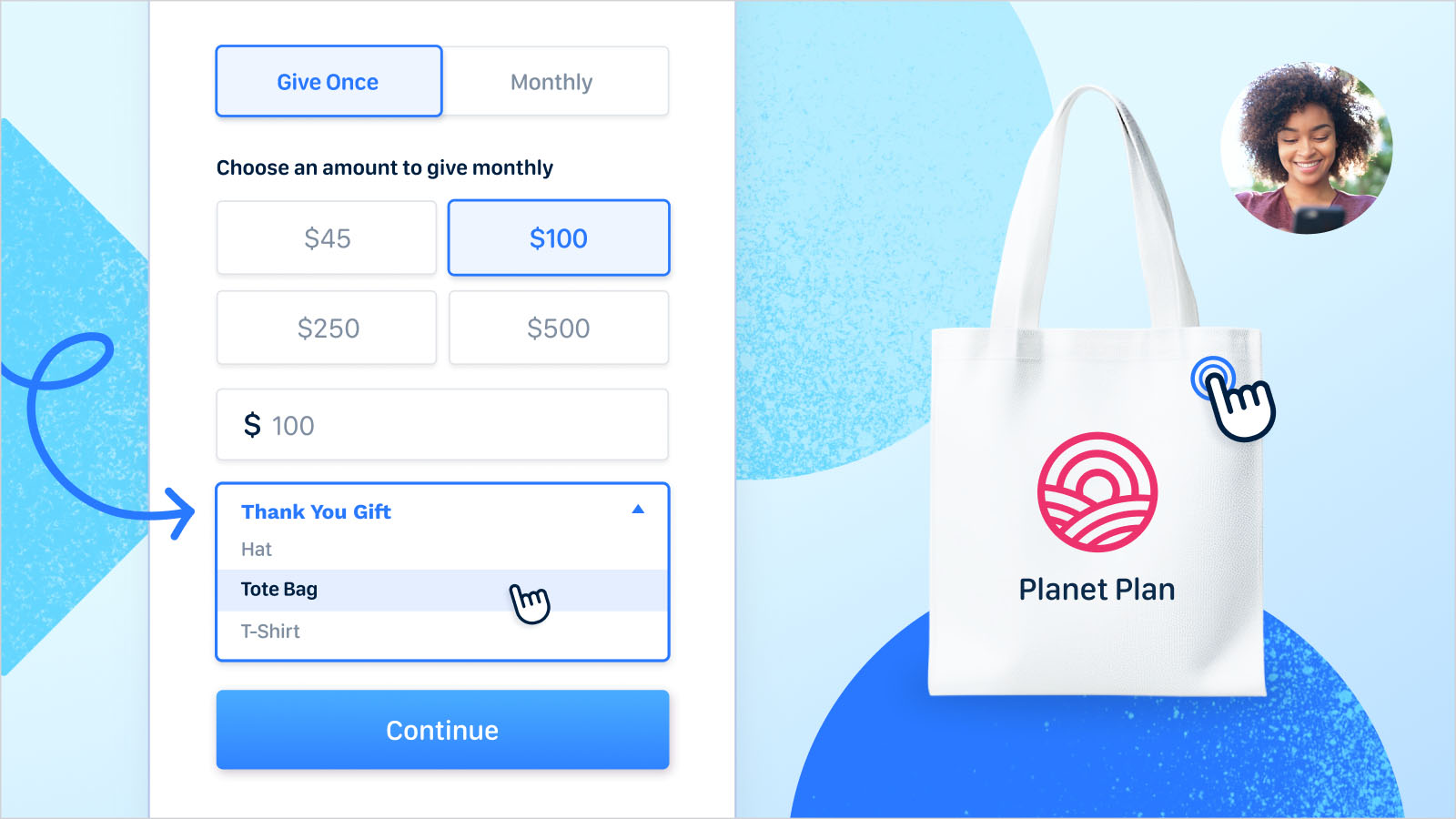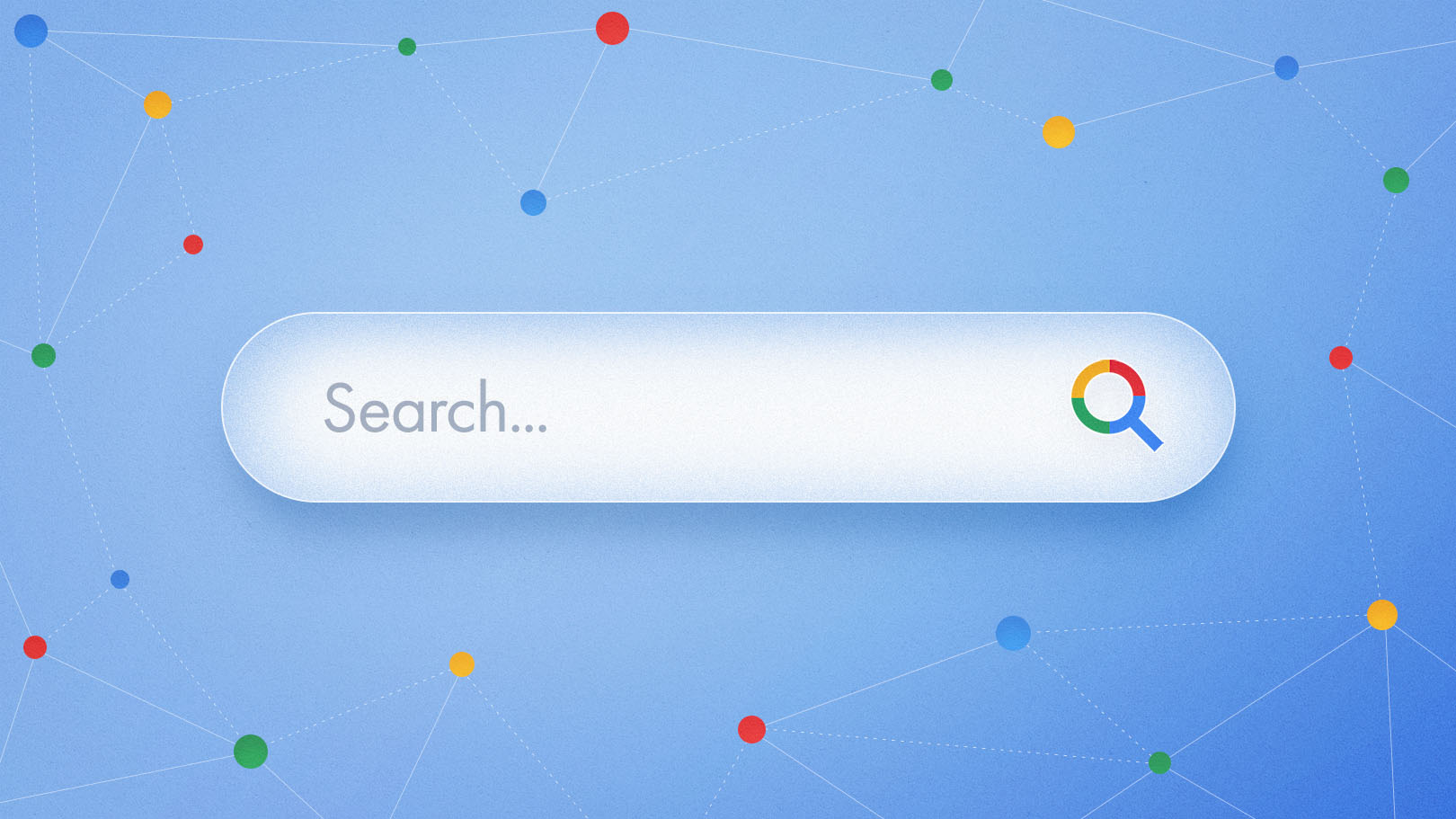“It is infinitely more cost-effective to retain a donor that we already have than go out and find a new one.”
Wise—and true!—words from Henry Decker, Director of Digital Fundraising at the Innocence Project.
If you’re looking for an excellent example of nonprofit growth, Innocence Project is one you should keep on your radar. Over 2021-2022, Innocence Project grew their online revenue by 50% YoY and increased their donor base by 10k unique donors. They also—and this is key to the article you’re reading right now—increased their recurring revenue over 80% during that same period, with the average donation amount per recurring donor going up by 60%.
But don’t take our word for it! Funraise CEO and Co-founder Justin Wheeler joined forces with Henry to deliver Innocence Project’s top tips for retaining and upgrading donors to nonprofits in powerful growth mode. Watch the video and read on for a donor deep dive.
What is donor retention? And why should nonprofits care?
Donor retention is the critical ability of an organization to retain its donors over time, ensuring continued financial support for its programs and initiatives. In plain terms, donor retention is keeping your donors giving to you campaign after campaign, year after year. The opposite of donor retention is losing donors, aka donor attrition.
Donor retention's foe: Donor Attrition
Donor retention faces a formidable enemy known as donor attrition: the loss of donors. And donor attrition itself manifests in several ways, including donor churn, donor lapse, and donor decline.
Donor churn occurs when individuals who have previously made donations to an organization stop giving altogether. This can happen due to various reasons, such as changes in personal circumstances, public scandal, or loss of interest in the mission.
Donor lapse is similar but more accidental. It looks like maybe your social posts or emails are no longer reaching the donor, or maybe the donor moved, so your direct mail isn't landing in their mailbox.
Donor decline hits a little different; this is the case where your donors pass away and you don't have new ones incoming, or you have a program that's terminated or no longer funded.
But are you bleeding donors? If you're not sure, it's time to take a look at your donor attrition rate—and if you're a Funraise customer, you get the best reporting in the business: Fundraising Intelligence. How to avoid lapsed donors? Test, test, and test again We’ve alluded to testing strategies for winning back lapsed donors already.
What is a good donor retention rate?
With the average donor retention rate for nonprofits in 2022 at 42.6%, as per the Association of Fundraising Professionals, we'd say that anything over 40% is a healthy donor retention rate to cheer, especially if it's holding steady.
If you're want the secret to a great retention rate, look no further than Chive Charities, who are celebrating a 98% donor retention rate. Listen to their story on the Nonstop Nonprofit Podcast for all the details.
So right away we saw the value in cultivating relationships with donors and engaging them on a consistent basis. ... This kind of engagement allows us to plan strategically in the short, medium and long term, and it also gives us the incredible opportunity to build deep donor relationships with donors.
Donor retention statistics
According to M+R Benchmarks, in 2022,
Overall online donor retention for one-time donors was 29%. For one-time donors who made their first gift in 2021, retention was 16%. For previous repeat one-time donors, retention was 49%.
In addition, the same M+R report shows that revenue per donor per year was $287 for supporters who made monthly gifts. For those who made only one-time gifts, revenue per donor per year was $192.
And Nonprofit Quarterly says that it costs 10 times as much to acquire new donors than it does to keep the ones you already have.
All this means that it's time to prioritize retention!
How to calculate donor retention by segment
The donor retention formula is a pretty simple one: dive into your donor database and divide the number of last year’s donors who gave this year by the total number of donors last year, and multiply it by 100. You'll end up with a percentage of donors and a baseline to begin with.
Now just apply that to any segment you're interested in. Recurring donors should be high, peer-to-peer donors will likely be low. But any segment that you look at should have a few places to optimize.
What are some barriers to donor retention?
What keeps donors from giving forever and ever? And how can you break down those barriers and build strong relationships with donors?
Donor fatigue
This is a big one in recent years. With 2020 being full of COVID and protests and politics, and then the rising cost of living and explosive crises all over the world, there's no end of need. Add to that the ease of outreach, and donors are just tired.
The Giving Crisis
Not only are donors emotionally and physically drained, their wallets are tapped, too. There's no end to generosity, but people these days are stressed over layoffs, inflation, needs that haven't been met, and they're hesitant to give when their Worst Day Ever may be just around the corner.
Ineffective donor communication
Make making sure they see you a key part of your donor retention plan. Here's what not to do.
Donor comms hitting a wall
If you didn't read about donor lapsing earlier, now's the time to brush up on it and update your donor comms accordingly. Shout out your donors on social media so they can see the results of their generosity—and so they won't forget about you. Clean up your email lists and tighten up your email sending protocols. Keep phone numbers and addresses up to date.
Asking for help to launch something but not following up on it
With the run-ragged pace that nonprofits spin at, it's not surprising that there are projects or campaigns that get started and then fall off the radar. But if you put out an ask to your donor base and they give, you need to use all of the follow-up strategies at your disposal to keep them up to date.
If you don't, you won't just lose your donors, you may lose your good reputation.
Making assumptions about donors
This one is simpler than it sounds. When you send a thank you to Chad, but his wife Larissa is the one who actually made the donation, you're putting your nonprofit in a vulnerable spot.
Same with other personal details; assuming gender or pronouns, abilities or disabilities, culture, religion, or ethnicity is a surefire way to lose a donor's trust.
Not standing out
Do your best with this one—it's a toughie. When your donors get 10 direct mail asks, 25 emails, and a call each day, they all start to sound the same. Find a way to stand out.
Narrow campaign scope
When you run fundraising campaigns designed to bring in first-time donors, you can't ignore donor relationships with your current donors. Just like you wouldn't treat major donors like small-dollar loyal supporters (both beloved, btw), fundraising campaigns focused solely on donor acquisition and potential donors leave both your regular donors and your retention efforts in the dust.
Donor retention tips for growth-oriented nonprofits
Pulled directly from the video, complete with timestamps for your convenience: explanations and revelations for more donations.
0:40 On your two main levers for growth: the How and the Why
Justin gets right to the heart of it: How are you making it easy for donors to give? To grow, you need more donors, and an easy way to begin getting those donors is to increase your conversion rate with a first-rate giving experience. If donors can’t find your donation page, can’t get through the donation form, or don’t have a payment method that you accept, growth is out of your grasp.
1:10 On changing to a Contextual Giving mindset
Different content is going to move donors to give. Some are going to be motivated by your nonprofit’s origin story while others will want to hear from those who you’ve helped, and still others will find their Why in the data of your annual report.
Your job as a fundraiser is to break down the barriers to their generosity. And a simple way to do that is to view every single page on your website as a donation page. Every page should offer a method of giving, should have a donation form. And it’s easier than you think; Funraise’s pop up donation forms have proven to be a game-changer for orgs across the nonprofit sector.
2:50 On using your donation form to prioritize recurring giving
How do you get one-time donors to become recurring donors? Well, the first step is making them aware that a recurring donation is an option. And a natural place to make that introduction is on the donation form. They’re already moved to give, they’re in giving mode, and you’re going to make it so easy to become a sustaining supporter that they won’t be able to resist the click. 😉
3:31 On using your existing donor file to grow your nonprofit
In a year like 2023, one of the most cost-effective and labor-saving paths to growth is identifying the expansion opportunities present in your current donor file. You’re gonna need to take that Rubik’s Cube and look at it from every angle to find untapped wealth and growth. (And when you find something that works, let us in on the secret!)
7:48 On the best fundraising strategy, period.
You can’t argue with Henry when he says, “The best fundraising strategy is the one that works.” And for that, you need great reporting structure, great transparency, and a great attribution system. As you’ll see, if you can’t do it over and over again, it’s just revenue rain.
9:36 On the value of attribution in fundraising
“We’re happy to take revenue that falls out of the sky,” said Henry. And yeah, who wouldn’t be?! But as he later noted, if it’s not repeatable, it’s not useful. If a fundraising strategy isn’t sustainable, attributable, and replicable, it’s luck-of-the-draw dollars.
To combat this, your nonprofit takes reporting and analysis seriously, setting up dashboards and adding UTMs to links. Donor management takes on a new life as those reports help you discover and build on the content that drives donations, the methods of communication that supporters prefer, and the type of support various donor segments opt into.
10:07 On the secret to Innocence Project’s 50% growth YoY
It’s all about combining the strong-yet-subtle fundraising presence on Innocence Project’s website with recurring donor upgrades. A large part of that is the giving experience that provides space for donors to be generous more than just once.
10:49 On the cost to retain donors
You got the donor to your page. You convinced them to give. Now, the challenge is to upgrade them to a sustaining member. We can’t emphasize this enough: you cannot under-work this process; it’s not a less-is-more situation.
More segmentation, more experimentation, more personalization, more streamlining of the giving experience are all on the table. What’s not on the table is more asks. It ain’t easy, but when you get it right, you won’t need to pester the donor by overasking.
14:16 On building a peer-to-peer program to strengthen other fundraising efforts
Innocence Project isn’t an expert in peer-to-peer fundraising—yet. And that’s the point: they’re a big, well-known org, they’re growing at an unbelievable rate, and yet… they’re still on the lookout for the next Big Idea. Never give up your creativity and your passion—it’s what your supporters are here for.
10 steps to grow donor retention like Innocence Project
The average donor churn here in the United States is over 50%. Yet, Innocence Project managed 50% growth YoY in 2021-2022. You can, too—we believe in you!
The checklist below is a great place to start; it’s flexible enough to work for most organizations, large or small, and can expand to accept all of your creative donor retention ideas.
- Upgrade donors from one-time to recurring, using a one-click donation form enhancement and membership program.
- Use automated card updaters and payment expiration notifications to keep recurring donors from churning. The tools are at your fingertips; use them!
- Make like Chive Charities (with their 97% donor retention rate!) and thank your donors for their support when they cancel or reduce a recurring subscription.
- Turn your website into a high-converting fundraising channel with one-click donation form access on every page of your website.
- Utilize abandoned cart tools to bring donors back when doubt has crept in.
- Incorporate tracking into every element of your fundraising. Knowing which content, which recurring donation platform, which season lead to donations—and which aren’t working—is imperative to the sustainability of your strategy.
- Never underestimate the range of tactics you can use to upgrade a donor. Getting donors to make the initial gift is already done; make the follow up experience engaging and personalized!
- Engage donors at every touchpoint. Use your receipt email to introduce donors to new support opportunities, like peer-to-peer!
- Once you’ve got your donor search method down, focus on finding fundraisers. Their value is at least double your donors and definitely greater than gold.
- Never stop innovating. If you’ve failed 9 times, you’re 9 steps closer to success. (Easier said than done, we know.)
Donor retention best practices
We already went through what could go wrong and what leads to donor attrition; now, let's talk about how to implement Innocence Project's tried-and-true ways to increase donor retention.
Gratitude
It's the first one and one you hear all the time because it works. But let's not forget what the gift is about: impact. Don't just say Thank You—show the donor what their gift did. Share the impact with them.
Donor Engagement
One of the slipperiest slopes to donors lapsing is that they just literally forget about you. The solution to flying under the radar is flying in donors line of sight. Keep them engaged with surveys, donor support groups, events, games, anything you can come up with.
Implement Feedback/Survey Results
There's nothing more disheartening than being asked for your advice and then someone ignoring it. Don't be that organization that knows what it could do better but chooses to do things the way they've always been done.
Automate credit card updates
You also can and should be mitigating donor churn due to expiring credit cards with recurring giving. Amazon & Netflix do this automatically—and Funraise has the tools to do this, too.
The one donor retention tactic you cannot ignore
This is all about the FOMO, friends!
With more and more causes to support, donors don’t want to miss out on being a part of changing the world. But soaring costs of living month after month may mean they need to change the way they’re giving. Enter the membership, or recurring donation.
Think about it: Donors can commit to giving $10 each month and consider themselves true supporters of your cause. While you gain
- more cash each year
- sustainable growth
- a more engaged donor segment
- increased donor retention
Trending donor retention strategies
If your goal this year is growth, look toward a trending donor retention strategy to keep your must-hit numbers as low as possible.
Recurring donor upgrade
Don’t forget the number one trend for recurring revenue: Upgrade one-time donors to recurring donors from the very start! Use a recurring upsell feature to help donors understand that they can expand their impact by extending their donation across months or even years.
Asset-based donations
Stock and asset-based donations have been on our radar for several years now, but the extreme wealth held in non-cash assets is a cutting-edge fundraising trend. Now is the moment to jump into asset-based donations, friend.
Mobile payments and digital wallets
Justin Wheeler, Funraise CEO and Co-founder notes, “As social interactions have gone digital, donations have moved into the digital realm as well, making it imperative that nonprofits' evolve their ability to accept those digital donations."
Making the donating process as easy as possible is key to retaining donors at record-breaking rates.
Most organizations, no matter the size, mission, or path, dream of growth to increase impact. Ultimately, the steps to get there aren’t a mystery and you totally can tap into the tools that growth-oriented nonprofits rely on. Good luck!




































.webp)
.webp)











.webp)
.webp)

.webp)
.webp)
.webp)




